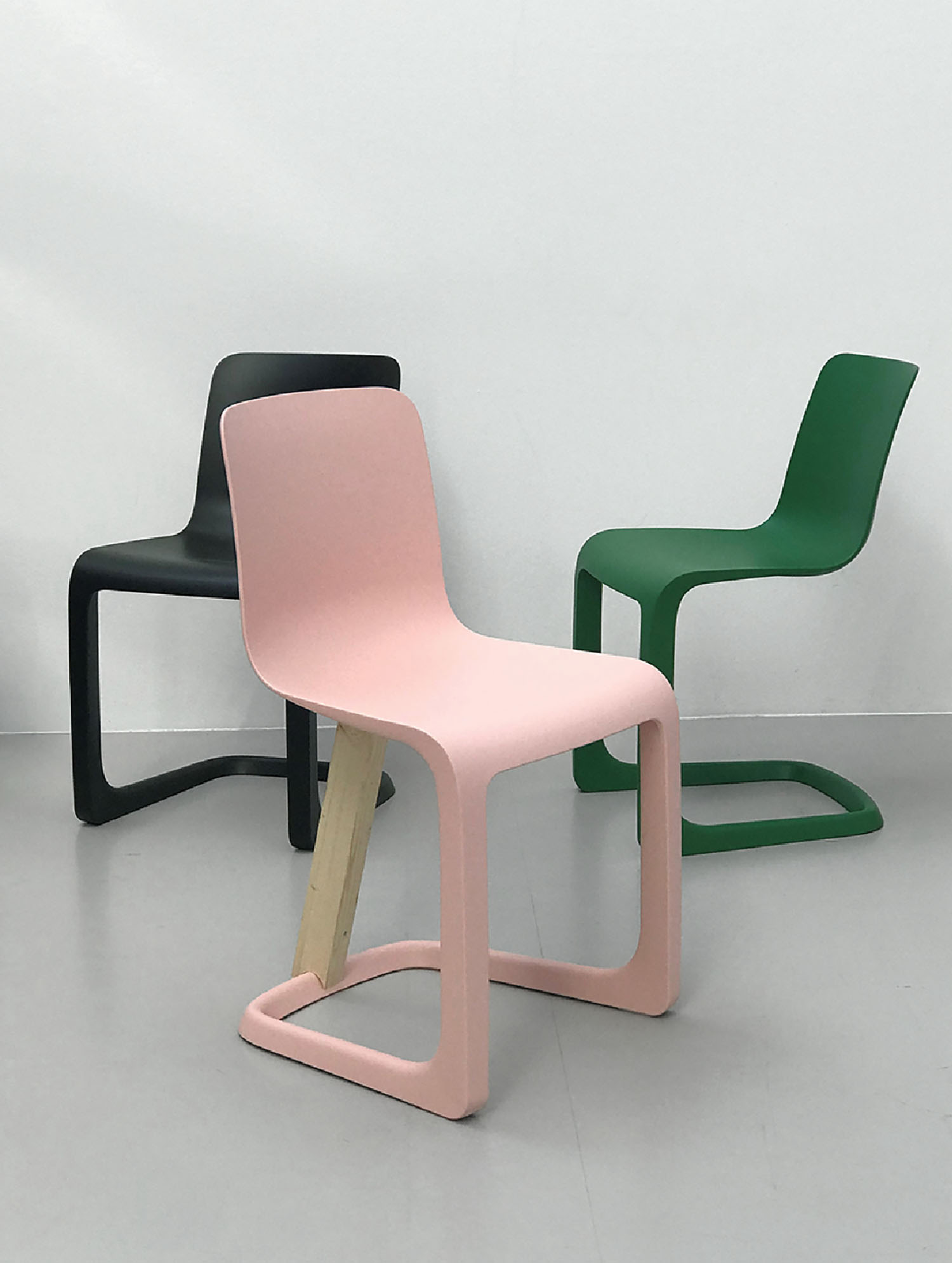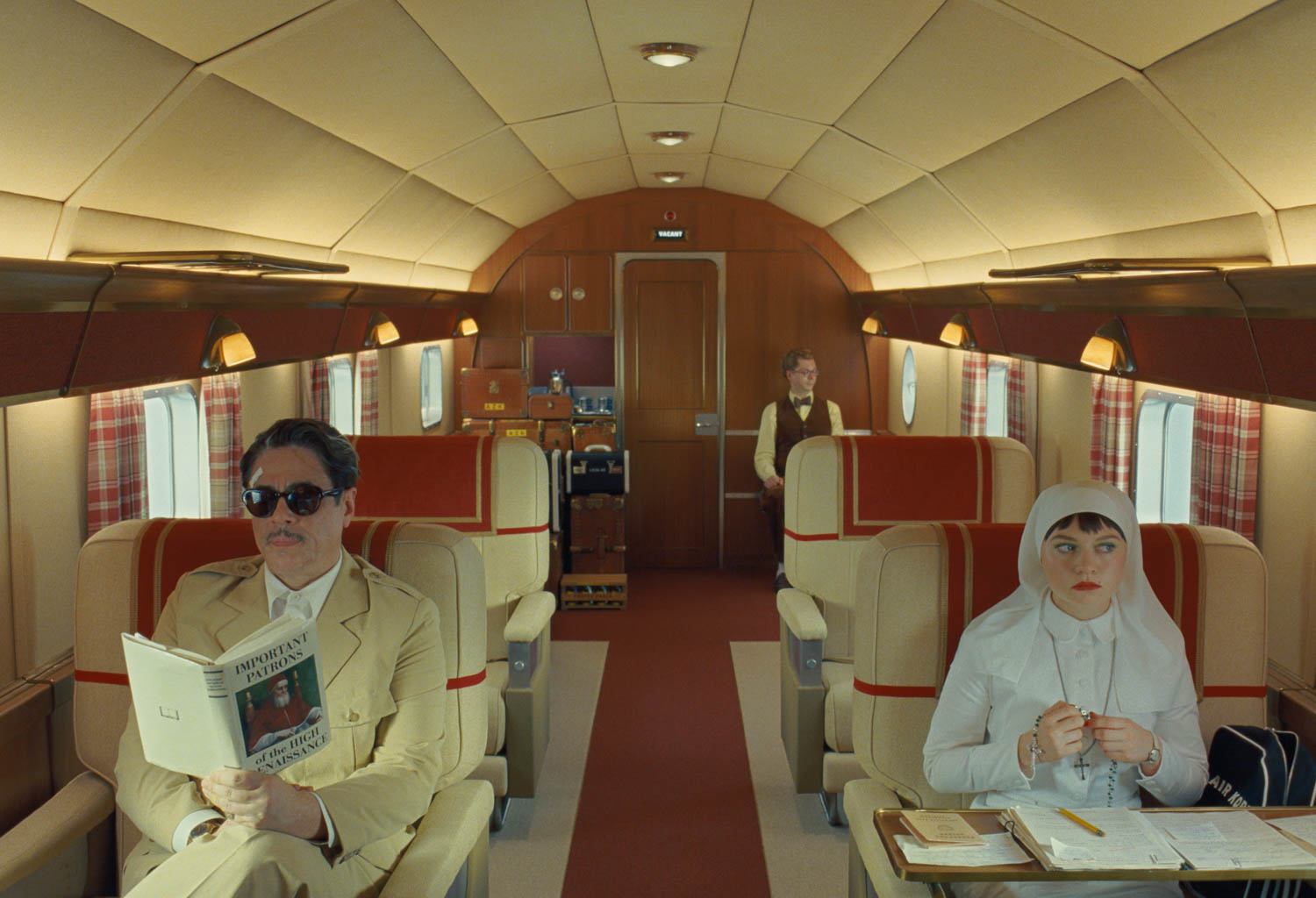10 Questions With… Amy Lau
 She’s come a long way from Arizona. But growing up in Paradise Valley—surrounded by red-clay canyons, attending Pueblo dances, and collecting rocks with her mineralogist grandmother—helped shape Amy Lau’s vision as an interior designer today. Attaining a bachelor’s in art history from the University of Arizona and a master’s in American fine and decorative art and design from Sotheby’s Institute of Art, then working at Aero and Lin-Weinberg Gallery have been factors in her success, too. Now principal of Amy Lau Design in NY, she conceives interiors across the country, from TriBeCa to Texas, furnishings for Kyle Bunting, S. Harris, and Maya Romanoff, rooms for the Kips Bay Decorator Show House, and installations for Bergdorf Goodman and Baccarat. This week, Lau debuts “The New Nouveau,” her gallery installation at NY’s Salon Art + Design, the first of its kind by an interior designer. She gives us the details.
She’s come a long way from Arizona. But growing up in Paradise Valley—surrounded by red-clay canyons, attending Pueblo dances, and collecting rocks with her mineralogist grandmother—helped shape Amy Lau’s vision as an interior designer today. Attaining a bachelor’s in art history from the University of Arizona and a master’s in American fine and decorative art and design from Sotheby’s Institute of Art, then working at Aero and Lin-Weinberg Gallery have been factors in her success, too. Now principal of Amy Lau Design in NY, she conceives interiors across the country, from TriBeCa to Texas, furnishings for Kyle Bunting, S. Harris, and Maya Romanoff, rooms for the Kips Bay Decorator Show House, and installations for Bergdorf Goodman and Baccarat. This week, Lau debuts “The New Nouveau,” her gallery installation at NY’s Salon Art + Design, the first of its kind by an interior designer. She gives us the details.
Interior Design: Did you consider any other professions?
Amy Lau: I flirted with the idea of being an archaeologist. My grandmother was a painter, mineralogist, and an ornithologist, with amazing rock and plant gardens. As I child, we would walk the landscape, on the hunt for the perfect stone for her collages. I often channel her when creating collections for clients. Also, growing up, my parents acquired paintings from the Taos Society of Artists and material culture from the Southwest. So art, in many forms, was a staple in our home, and museum and gallery ventures with my dad were often.
ID: What drew you to the Sotheby’s program?
AL: I thought it would equip me with the academic credentials I needed to pursue a life in design. And I was right. We were introduced to a network of experts, curators, scholars, appraisers, dealers, and conservationists. We deconstructed furniture, analyzed woods, and even authenticated canvases under black light. We got entree into private collections as we crisscrossed the country, examining paintings, sculpture, textiles, furniture, ceramics, glass, and silver. The more I studied, the greater my appetite was to learn more.
ID: What will we see in your Salon Art + Design installation?
AL: It will be a living room showcasing the 120-year trajectory of art nouveau, which was technically a 12-year period but its influence much longer. It will also depict my approach to design: ensemblier, French for conceiving an interior as a total work of art. I’ll be creating an environment outfitted in rare historic pieces as well as modern and contemporary commissioned pieces amid a unique architectural setting.

ID: What are some pieces?
AL: For the historic, I researched pieces by the most important designers internationally, Emile Galle, Louis Comfort Tiffany, Louis Majorelle. I analyzed more recent designers that continued to work in the genre, Albert Paley, Les Lalanne, Michael Coffey. And I commissioned pieces by contemporary designers—David Wiseman, Mark Brazier-Jones, Nancy Lorenz, Mary Wallis—whose work is still influenced by art nouveau.
ID: Do you collect anything?
AL: Many things but I think the most unusual are my naughty tea towels from the 1940’s and ’50’s. They’re hand-embroidered with images of pin-up gals.

ID: If cost were no obstacle, which artwork or furniture would you love to have?
AL: A Leonora Carrington painting or furniture by Antoni Gaudí. In fact, his Casa Batlló in Barcelona is my favorite historic building. I practically had a religious experience the first time I saw it.
ID: What’s a secret source you’re willing to share?
AL: Live Auctioneers. It’s where all the auction houses come together, and you can type in exactly what you’re looking for.
ID: Any under-the-radar artisan you’re keeping an eye on?
AL: I recently visited Joseph Walsh’s studio in Cork—I think he’ll be one of the most important designers of our generation. I commissioned four dining chairs and they arrive this month.

ID: Who inspires you?
AL: Mary Elizabeth Jane Colter was a true pioneer. She trained to be an architect at the turn of the 20th century, when men dominated the profession, and went on to design hotels throughout the Southwest, many of which are now landmarked. Some of my favorites are La Posada, Hopi House, and Phantom Ranch. She managed to synthesize indigenous styles and modern tastes without diminishing authenticity.
ID: Speaking of authenticity, what are you working on?
AL: I just finished apartments on East End Avenue and in TriBeCa’s One York, a beach home in Bridgehampton, and another cow-hide rug line for Kyle Bunting. I’m currently designing a 21,000-square-foot Dallas residence, a four-bedroom family home on Long Island, and a Brooklyn townhouse. Whatever the project, my job is to understand who my client is, then educate and gently guide them. I try to elevate their understanding and connoisseurship, so they can make the best decisions for pieces in their spaces.



